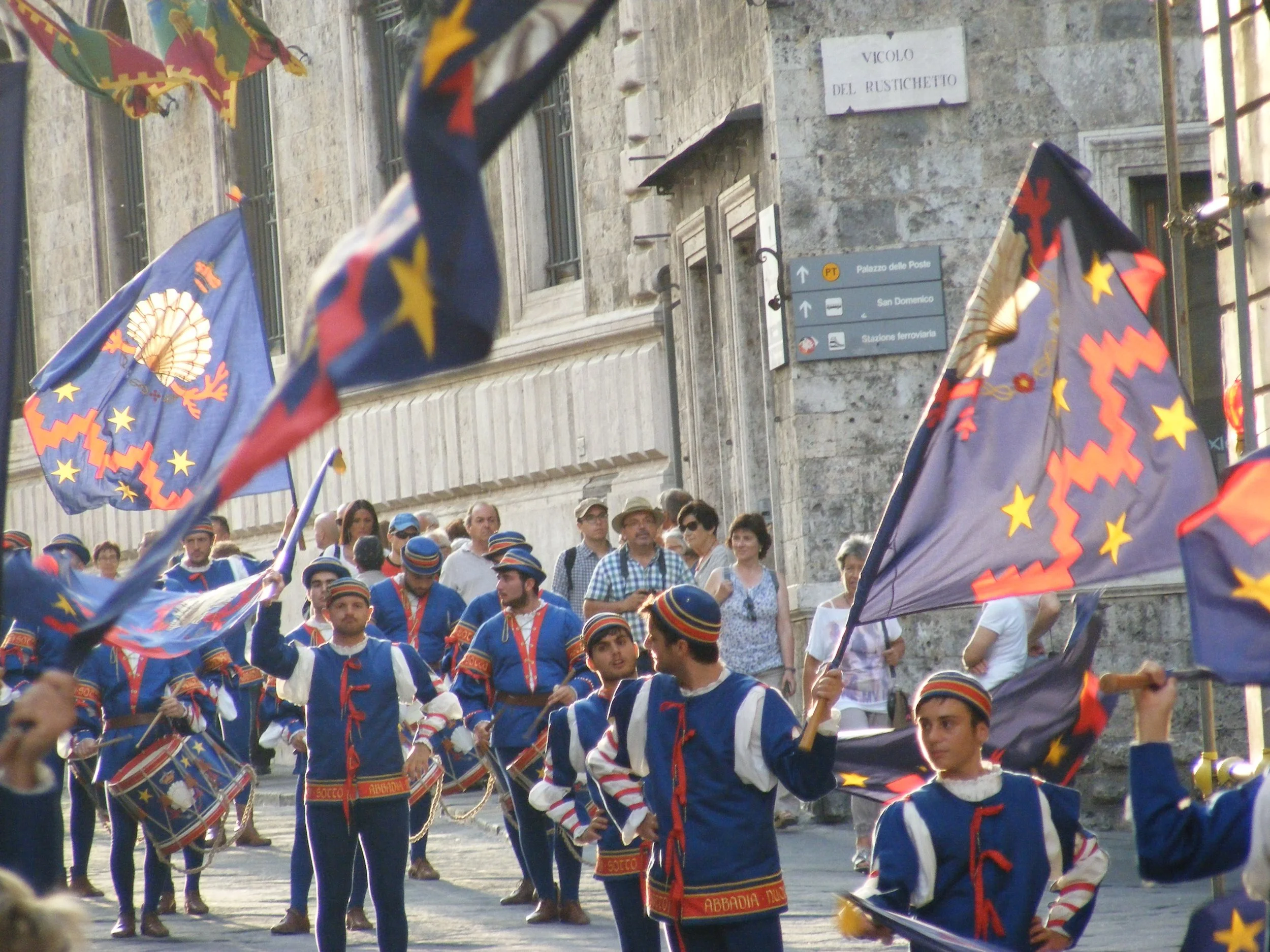Photo by Rabe!, CC BY-SA 4.0, via Wikimedia Commons
Nothing was more constant in my family than traditions. My parents were creatures of habit and everything they did, from chores to holiday meals involved the entire family and became my most cherished traditions. In my family, my parents’ traditions marked the passing of each month and season, more indelibly than the calendar on the kitchen wall, and still ingrained in me, decades later. If you were to ask me why I feel compelled to change out the curtains in my living room each fall and spring, why I must grow tomatoes each summer, and why I bake and cook too much food for every holiday, I would simply explain that my parents did too. (For more evidence of Canzano family traditions, see the Fig story.) I am including a traditional holiday recipe that we loved and begged my mama to make for us – her cappelletti. She pronounced it “the gobalet.”
Recently, I was watching the National Geographic series "Tucci in Italy," and I learned of several wonderful traditions in Siena, Italy. They testify to Italy’s respect for tradition and for sustainability and are each in their own way, an Italian love story. Tucci travels to Siena for the Palio di Siena, the city’s legendary twice-yearly horse race. The horse races are a historic and vibrant tradition with deep cultural significance. The Palio is a bareback horse race held twice a year, on July 2 and August 16, in the Piazza del Campo, Siena's main square. The race features jockeys representing Siena's 17 contrade, or city districts. Only 10 of the contrade participate in each race, selected by a draw. Originally, the race was a display of power and rivalry among the contrade. It has evolved into a community celebration that embodies Siena's cultural identity. The Palio is not just a race; it is a grand event with elaborate medieval pageantry, including a parade of traditional costumes and banners. Each contrada sponsors a horse, chosen in a lottery. The selection and care of the horse are of utmost importance, and the animals are treated with great respect. Alongside speed, tactics, and alliances play a crucial role. Jockeys may try to influence the outcome through strategic maneuvers during the race. The winning contrada receives the Palio, a silk banner painted with religious and historical themes, and enjoys bragging rights and celebrations. Today, the Palio faces challenges such as safety concerns for jockeys and horses, ethical considerations, and preserving traditions in modern times. The Palio is a celebration of community spirit, history, and identity, drawing visitors from around the world who are captivated by its intensity and authenticity. The Palio di Siena continues to be a cherished tradition, reflecting the rich history and enduring pride of the Sienese people.
And then there are the contrada dinners that accompany the races—three days of communal feasting. In Stanely Tucci’s recent National Geographic episode, he arrives in the days before the race, he meets volunteers from all walks of life—doctors, dentists, and shopkeepers—cooking vats of risotto for thousands. You read that right. Individuals from every walk of life volunteer their time and energy to prepare a meal for thousands in their neighborhood. This of course, sends my mind reeling with the supply chain issues associated with these meals. Each of Siena’s 17 contrade (neighborhood districts) hosts its own celebration, reinforcing for me, the power of identity, family and belonging. While Tucci doesn’t sit down to eat, he learns that each dinner typically includes a three-course meal, with schiacciata and sausage risotto among the highlights. The episode ends in a rousing chorus of songs. Why? Because it is tradition!


